
The Last Sikh Maharaja
Who was Maharaja Duleep Singh?
Maharaja Duleep Singh was the last Sikh Maharaja of the Punjab and former owner of the famous Koh-i-Noor diamond, which was surrendered to the British and later added to the Crown Jewels.
For much of his life, Duleep Singh had a complicated relationship with Queen Victoria – at times affectionate, at others turbulent. On the one hand, the British East India Company had taken possession of his ancestral lands, and on the other she was godmother to several of his children.
Exiled from India as a child, Duleep Singh lived much of his life in England and France, although he fought hard to reclaim his territory and title from the British.
Header image: The Maharaja Duleep Singh by Franz Xaver Winterhalter. Royal Collection Trust / © His Majesty King Charles III 2023
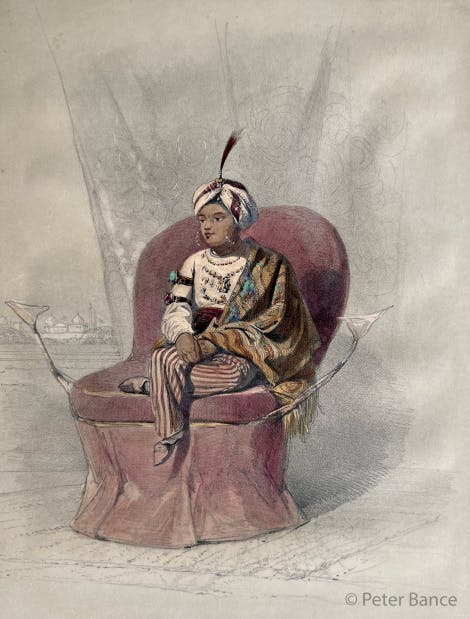
Duleep Singh, The 5-year-old Maharaja
Maharaja Duleep Singh was born in Lahore, in modern-day Pakistan, on 6 September 1838, to Maharaja Ranjit Singh (1780–1839) and Rani Jindan Kaur (1817–1863).
Known as the 'Lion of Punjab', his father Ranjit Singh was the first Sikh Maharaja of the Punjab and Sikh Empire, in modern-day eastern Pakistan and north-western India.
After his father’s death, a series of successors were killed. Finally, Duleep Singh was declared Maharaja at just 5 years old.
Image: The Young Maharajah Duleep Singh. © Peter Bance
The Punjab Surrendered
The British, through their agents in the East India Company, were quick to exploit the unstable situation in the Punjab. After two Anglo-Sikh wars, the Company took control of the region. The Maharaja, still only 10 years old, was forced to surrender his lands and the prized Koh-i-Noor diamond.
In return, he was granted a pension, provided he 'remain obedient to the British Government'.
Duleep Singh in Exile
After taking the Punjab, the British East India Company moved the Maharaja southeast to Fatehgarh, in modern day Uttar Pradesh, India.
Under the guardianship of British army surgeon John Login and his wife Lena, who were devout Christians, Duleep Singh converted to Christianity. The following year he travelled to England.
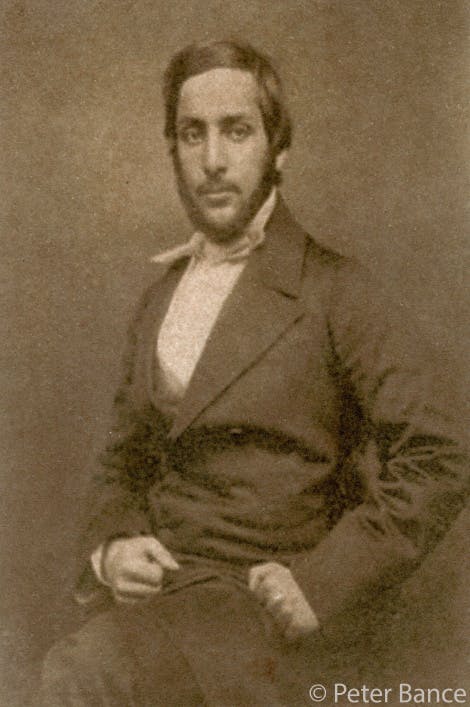
The Maharaja of the Punjab Meets the Empress of India
Duleep Singh first met Queen Victoria in 1854. He greatly impressed the Queen who described him in her journal as ‘extremely handsome, speaks English perfectly, and has a pretty, graceful and dignified manner’.
Rather ironically, she added: ‘I always feel so much for these poor deposed Indian Princes.’
Victoria took a close interest in his education, although he was denied a request to go to university.
Duleep Singh often visited the Royal Family at Windsor and Osborne. As a new member of the English aristocracy, he attended dinners, shooting parties and balls.
But he longed to return to India and to see his mother.
Image: The Maharajah with his haircut shortly after he arrived in Britain in 1854. © Peter Bance
A Mother and Son Reunited
In 1861, after 12 years apart, Duleep Singh and his mother, Maharani Jind Kaur reunited in a grand hotel in Calcutta (now Kolkata), with British government representatives in attendance. The British government had consented to the idea, believing that the aged Maharani no longer posed a threat. The pair travelled to England and became inseparable.
The Maharani encouraged Duleep Singh to enquire about his private lands in the Punjab. Perhaps to placate the young Maharaja, the British increased his pension and gave him a large grant towards the purchase of a castle in Gloucestershire.
The Maharani died suddenly in 1863. Inconsolable, her son took her body to India for cremation.
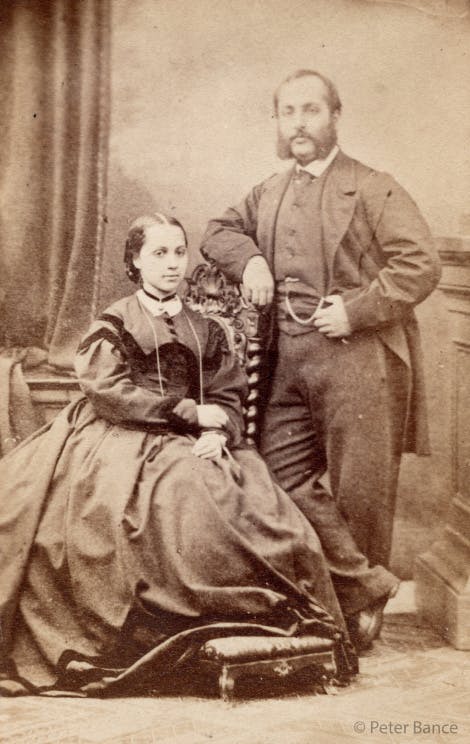
Marriage to Bamba Müller and Life at Elveden
Travelling back to India via Egypt, Duleep Singh met Bamba Müller who worked at a local mission school. The couple married in 1864 and were welcomed back to Britain by Queen Victoria.
The couple moved to Elveden in Suffolk. The Maharaja loved his new estate and he remodelled the interior to make it look like the Indian palaces of his childhood.
Elvedon became famed for shooting game, his favourite pastime. However, his extravagant lifestyle caused frequent disputes with British authorities.
Image: Maharaja Duleep Singh and his wife, Maharani Bamba, c.1868. © Peter Bance
The Children of the Last Maharaja
Five of Bamba and Duleep Singh’s seven children survived infancy; each had their own relationship with life in Britain and their heritage as children to the Maharaja and Maharani of the Punjab.
The couple’s second son, Prince Victor, often used the title Shahzadah, meaning ‘son of a Shah’. Their third son, Prince Frederick, served in the British army until 1919.
Three daughters were to follow. Princess Catherine and Princess Sophia were both prominent and passionate campaigners for women's suffrage. During the First World War, Sophia fundraised and even nursed the thousands of Indian soldiers who fought for the Allies.
Along with their sister Bamba, Catherine and Sophia travelled to India in 1907 and 1924. Bamba died in Lahore aged 89.
Queen Victoria was godmother to Prince Victor and Princesses Catherine and Sophia.
Sophia Duleep Singh: The Indian princess who fought for women’s rights >
Conversion Back to Sikhism and Paris
Duleep Singh converted back to the Sikh faith in 1886 and moved to Paris. He spent his last six years trying to reclaim the Punjab from the British. His increasingly-elaborate plans included conspiring with Russian and Irish revolutionaries. One of these, Patrick Casey, had been involved in a plot to assassinate Queen Victoria.
While her husband conspired in Paris, Bamba and the children were left to deal with the consequences in London. Abandoned by many of her friends, Bamba died in 1887. The children were taken into the care of a guardian chosen by Queen Victoria.
In 1889, Duleep Singh married Ada Wetherill, an English woman with whom he had reportedly had an affair. The couple had two daughters, but Ada became frustrated with her aging husband and the couple became estranged.
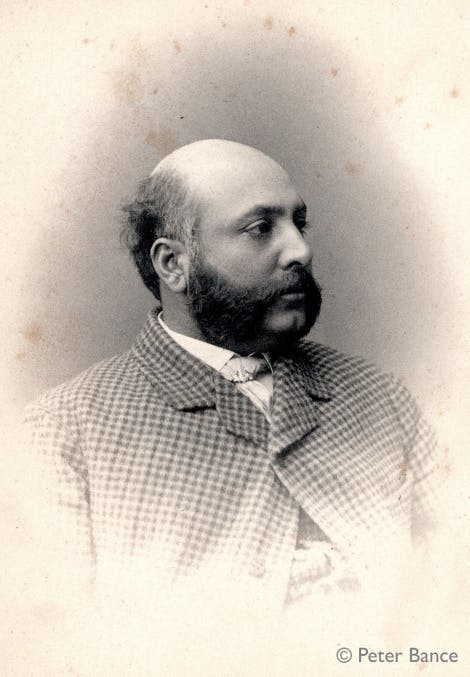
The Death of Duleep Singh, the Last Maharaja
In 1890 Duleep Singh suffered a stroke. Infirm and without friends or money, he became reconciled with Queen Victoria. The Queen granted him a royal pardon, to the dismay of her ministers.
The Maharaja died in Paris on 22 October 1893. His children had him buried next to Bamba at Elveden. Representatives of Queen Victoria were among the mourners at his funeral.
Perhaps from the perspective of some British officials, a turbulent chapter in the history of the British Empire seemed to close with the death of Duleep Singh, the last Maharaja of the annexed Punjab who never gave up fighting to reclaim his ancestral lands.
Image: Maharaja Duleep Singh in 1885. © Peter Bance
Listen to the podcast
We’re bringing you a talk from our archives by journalist and author Anita Anand, on the extraordinary life of Princess Sophia Duleep Singh, daughter of Duleep Singh and Goddaughter to Queen Victoria.
It's difficult to do justice to the life of this incredible woman, but Anita Anand dives into Sophia's story and brings it into the light, from her Sikh family heritage to her involvment in the fight for women's suffrage.
More episodesSuggested Further Reading
- Priya Atwal, Royals and Rebels: The Rise and Fall of the Sikh Empire (London, 2020)
- Peter Bance, Sovereign, Squire & Rebel: Maharaja Duleep Singh & The Heirs of a Lost Kingdom (London, 2009)
- William Dalrymple and Anita Anand, KOH-I-NOOR: The history of the world’s most infamous diamond (London, 2017)
- Lena Campbell Login, Lady Login's Recollections: Court Life and Camp Life, 1820-1904 (London, 1916)
BROWSE MORE HISTORY AND STORIES

The story of the Tower of London
Iconic fortress, royal palace and infamous prison

A History of Royal Jubilees
In celebration of Queen Elizabeth II’s Platinum Jubilee, we look back at the history of royal jubilee celebrations through the ages.
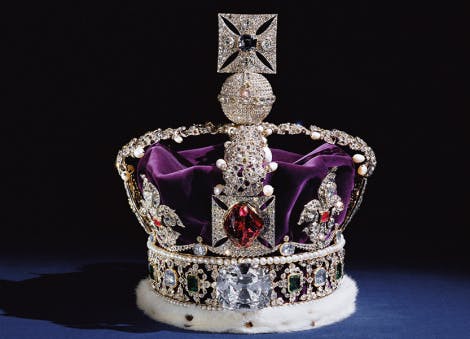
The Crown Jewels
The history of the Crown Jewels, including the Imperial State Crown - a priceless collection used to crown the kings and queens of England.
EXPLORE WHAT'S ON

- Things to see
Line of Kings
Marvel at the historic armour of Henry VIII, Charles I and James II in the Line of Kings at the White Tower.
- Open
- Tower of London
- Included in palace admission (members go free)
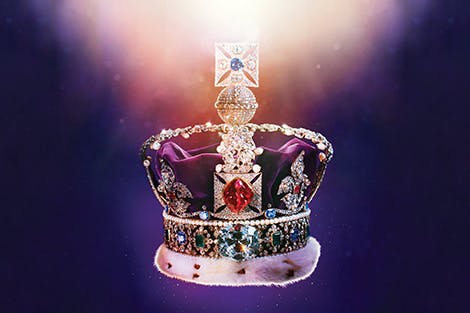
- Things to see
The Crown Jewels
Discover the dazzling history of the Crown Jewels in the spectacular Crown Jewels exhibition.
- Open
- Allow one hour
- Tower of London
- Included in palace admission (members go free)
Shop online
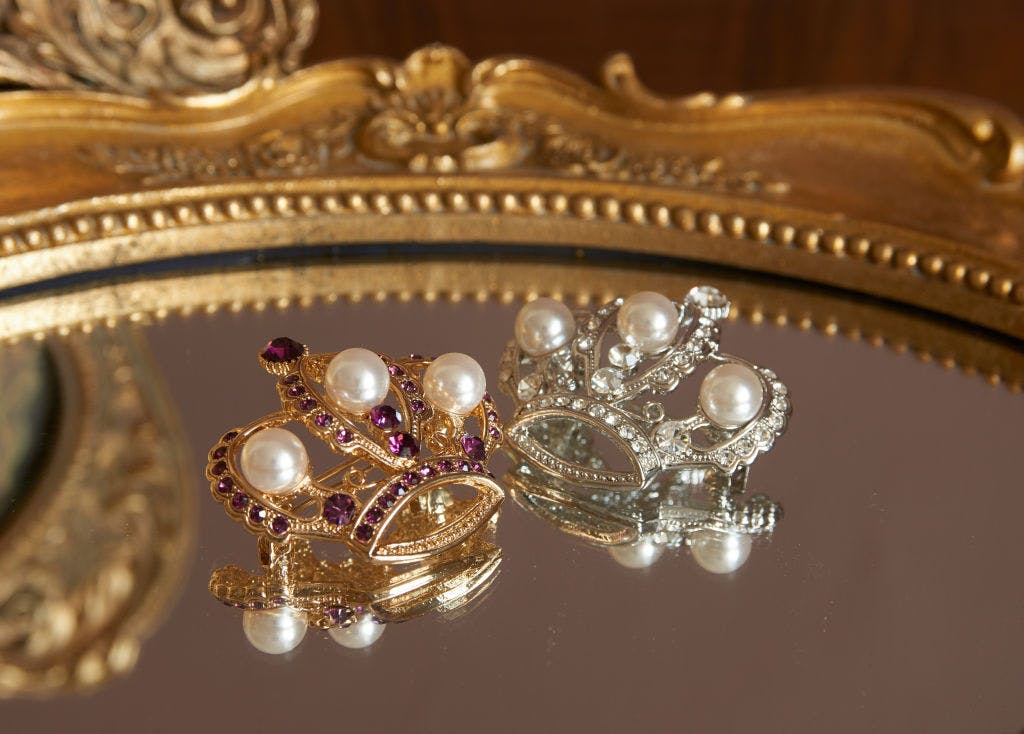
Shop crown jewels gifts
The Crown Jewels reside at the Tower of London and are worn by British kings and queens on their coronations and royal occasions. Our magnificent Crown Jewels collection make the perfect souvenir.
From £2.50
